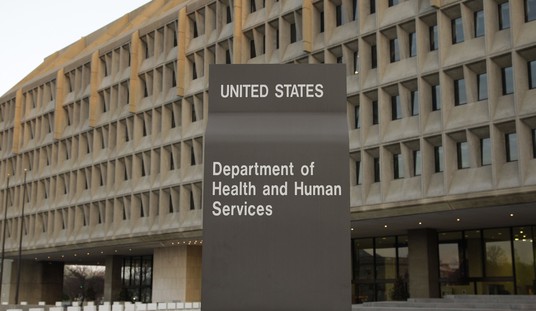President Obama is usually quite pleased to credit the upsurge in oil-and-gas production and the downswing in oil imports that has been happening throughout his presidency as the direct result of his administration’s policies, and they would prefer that you not investigate the matter too closely and just trust that his support of renewables and biofuels and what have you combined with his prudent, keen sense of know-how for creating just enough traditional energy jobs is the source of the economic growth supporting his otherwise stagnant economic recovery.
If you were to investigate more thoroughly, however, you would quickly notice that the types of energy booms resulting in jobs and prosperity that we’re seeing in North Dakota, Texas, and etcetera are largely due to the auspices of oil-and-gas companies operating on state and private lands. The Obama administration will loudly and gladly direct your attention to the projects for fast-tracking giant wind and solar projects on public lands (the first of which took place last week and was a complete flop), but they are conspicuously less vocal about the ways in which they’re deliberately slowing down oil-and-gas permitting on public lands.
An excellent example from the home state of Senate Majority Leader Harry Reid, via the Las-Vegas Review Journal about a swath of land about 200 miles north of Las Vegas:
Here, in 1984, the Grant Canyon oil-field wells were first drilled. For nearly 10 years, before tapering off in the mid-1990s, the Grant wells produced about 110,000 barrels of oil per month. During these years, the Grant wells were the most productive onshore wells in the 48 contiguous states. Through most of the 1980s, in this section of rural Nye County, these few wells generated prosperity.
Despite this success, however, Nevada oil exploration has been slow and sporadic. In part this was because of a technological inability to identify and economically extract oil reserves. The rock formation beneath Railroad Valley and much of Eastern Nevada, known as the Chainman Shale, contains petroleum, but until recently the technology to extract it did not exist.
In 1995, the U.S. Geological Survey estimated that the Chainman Shale formation could contain as much as 383 million barrels of undiscovered oil, as well as 242 billion cubic feet of natural gas. Ten years later, using more sophisticated modeling techniques, the USGS. upgraded that estimate to 1.598 billion barrels of oil and 1.836 trillion cubic feet of natural gas.
In other words, Eastern Nevada could be sitting on one of the most energy-rich rock formations in the entire world. Around the time of the updated estimate, one oil developer told Las Vegas reporters, “You have the richest largest organic mature rock source anyplace in the world except Saudi Arabia or Kuwait. … There is no doubt, I can assure you 100 percent, you are sitting on some of the greatest wealth in this country and the world.”
The only major obstacle to this potential boon? You guessed it: The federal government owns and controls most of Nevada, and while they will occasionally auction of some mineral rights and approve some drilling permits, they have steadily blocked the type of large-scale development we’re seeing elsewhere in the country. Unfortunately for Nevadans and Americans in general, that energy development could provide, according to one study’s estimates, more than 21,000 jobs and $100 million in revenue for Nevada — i.e., exactly the type of economic growth of which we’re sorely in need.







Join the conversation as a VIP Member